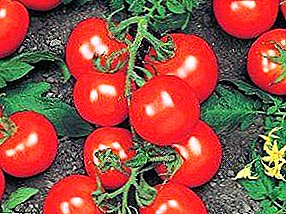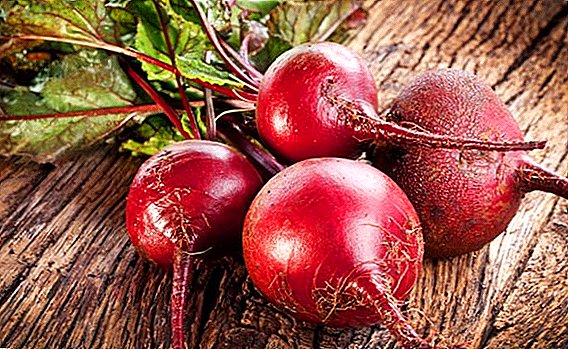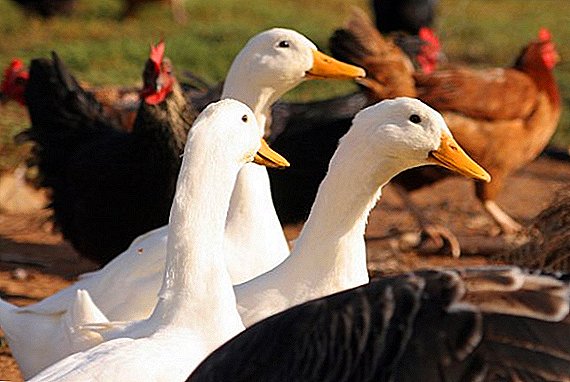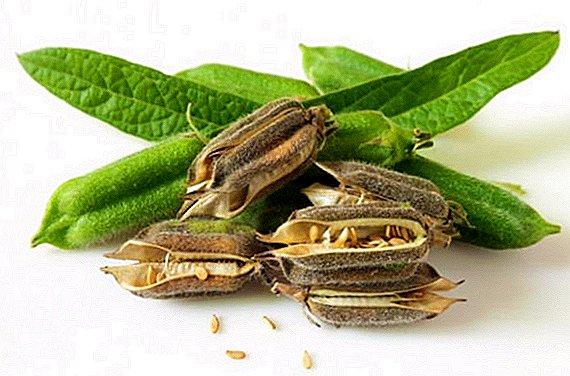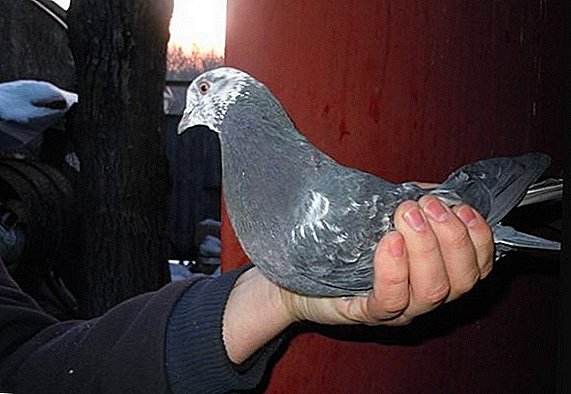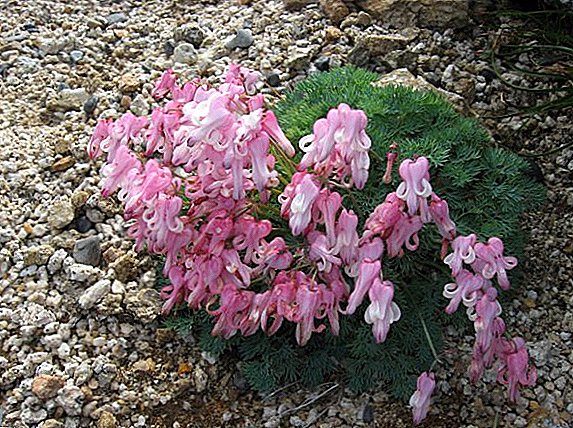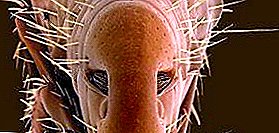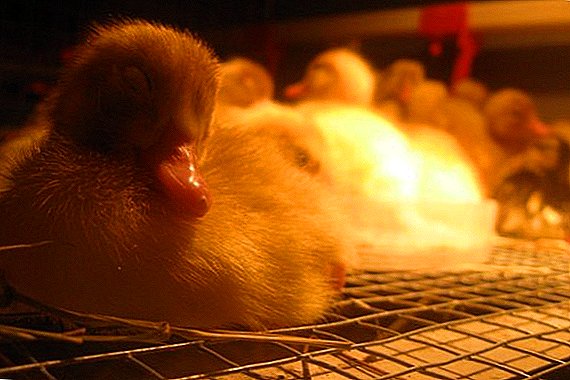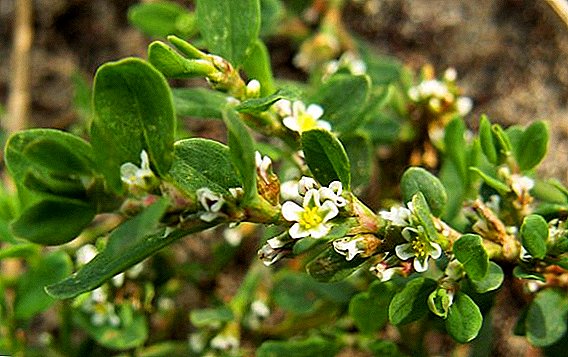 Highlander bird - This is one of the few plants of moderate latitude, which since ancient times has established itself as a reliable assistant in the fight against many diseases. The highlander bird is famous for all sorts of medicinal properties and is deservedly included in the list of some of the most popular components of modern medical products.
Highlander bird - This is one of the few plants of moderate latitude, which since ancient times has established itself as a reliable assistant in the fight against many diseases. The highlander bird is famous for all sorts of medicinal properties and is deservedly included in the list of some of the most popular components of modern medical products.
Description and composition
This plant is quite common. one-year grassy species that reaches a height of 10 to 80 cm. In domestic latitudes there are several species of weed, but they are all similar in their beneficial properties and contraindications. The knotweed grass is characterized by unpretentiousness to soil and nutritional conditions, which contributes to the vast habitat of this species, down to the southern regions of Siberia.
Did you know? This species got its domestic name "knotweed" due to its ability to recover very quickly (quickly) after damage.In its composition, the plant contains many vitamins, minerals and trace elements. This herb contains carotene, ascorbic acid, pectin and other beneficial substances. Such a rich composition of knotweed allows grass to be widely used in medicine - from the treatment of the genitourinary system, to the elimination of skin diseases.
How useful goose grass
The plant, above all, has established itself as a source of a huge stock of substances such as flavonoids. Among these compounds, scientists have discovered: myricetin, quercetin, hyperin, isorhamnetin, avikulyarin, etc. Also, the knotweed grass is rich in vitamins A, E, and K. In addition, tannins, gallic, coumaric, coffee, and silicon were found in large quantities in the plant acid. Such a unique bouquet of useful substances is the key to the true uniqueness of the plant.
Application Highlander
Even our ancestors had a positive effect of the highlander on the general state of the human body did not go unnoticed. Small steps this gift of nature from a simple weed already in our time has turned into a real drug. However, traditional and traditional medicine have different approaches to its use.
In official medicine
As a medicine, the plant is used in the form of herbal. For these purposes, take only young shoots of plants that are dried under special conditions and subsequently used in the preparation of infusions or tea.  First of all, the mountaineer is used as a powerful tool in the treatment of diseases associated with the violation of the liver and gastrointestinal tract. Also, modern physicians use this herb to eliminate male and female sexual dysfunction, especially in severe forms of impotence. This herb has proven itself even in the treatment of hemorrhoids and duodenal ulcer.
First of all, the mountaineer is used as a powerful tool in the treatment of diseases associated with the violation of the liver and gastrointestinal tract. Also, modern physicians use this herb to eliminate male and female sexual dysfunction, especially in severe forms of impotence. This herb has proven itself even in the treatment of hemorrhoids and duodenal ulcer.
With impotence, purslane, rosemary, goldenrod, strawberries, euphorbia, goji berries, purple stonecrop are also used.
In folk medicine
In the people the mountaineer know as irreplaceable means in the fight against stones in the kidneys and bladder. Its active ingredients help not only to crush the calculi formed in the body, but also to completely bring them out.
To do this, three tablespoons of a hill of dried plants pour 200 ml of warm water. After that, the mixture is left to bask in a water bath for 30 minutes. The resulting broth is filtered, adjusted to a volume of 200 ml and taken half a glass before eating (but not more than 3 times a day).
When kidney stones help watermelons, carrots, cumin, amaranth, saxifrage, scorzonera, peony.
 A decoction of goose grass treats such diseases as rheumatism, hemorrhoids, gout and even hoarseness. For this, a dry plant is poured with warm water 1:10, after which the mixture is placed in a boiling bath, where it languishes for 30 minutes. The resulting broth is filtered and drunk three times a day, one tablespoon.
A decoction of goose grass treats such diseases as rheumatism, hemorrhoids, gout and even hoarseness. For this, a dry plant is poured with warm water 1:10, after which the mixture is placed in a boiling bath, where it languishes for 30 minutes. The resulting broth is filtered and drunk three times a day, one tablespoon.Important! The course of knotweed treatment is carried out not longer than 20-25 days and not more than 4 times a year. Repeated course should be carried out no earlier than 10-12 days after the previous one.Also, traditional medicine noted the antibacterial and tonic properties of knotweed for the body. The juice from the young leaves of this plant is one of the best. folk antiseptics, and the use of only three tablespoons of juice a day will help and completely forget about any health problems.
In cooking
In cooking, the knotweed found its use as one of the main components of various soups, mashed potatoes and salads. In Dagestan, the leaves of this herb are used as a filling in a traditional cake.
Did you know? Knotweed found its application not only in medicine and cooking, but also in industry. The leaves of this plant are used in the preparation of natural dyes for leather and fabric.Knotweed salad looks like this: the young leaves of the grass are finely chopped, then mixed with finely chopped boiled hard-boiled egg. The mixture is dressed with sour cream, sprinkled with finely chopped green onions and dill, salt and pepper are added to taste. One portion of leaves leaves knotweed - 50 g, green onions - 50 g, 1 egg, dill and sour cream to taste.
Contraindications and harm knotweed
The grass knotweed, except for all sorts of medicinal properties, has contraindications. Doctors do not recommend using this plant for elderly people with cardiovascular diseases. The mountaineer will be contraindicated in patients prone to hypotension and excessive blood clot formation in the vessels. Also, the herb is contraindicated in patients with myocardial infarction or stroke.
Important! In pregnancy, a highlander bird is recommended to be taken only after a thorough examination with doctors.Do not recommend doctors to take goose grass to patients with bronchitis, as well as patients suffering from varicose veins. It is strictly forbidden to take grass in acute diseases of the genitourinary system as a whole.
The herb of the highlander bird is one of the herbal medicines that is used both in folk and in traditional medicine in its natural state. However, do not forget about the individual intolerance of the components, so most physicians recommend consulting a specialist before using decoctions and tincture of knotweed.


